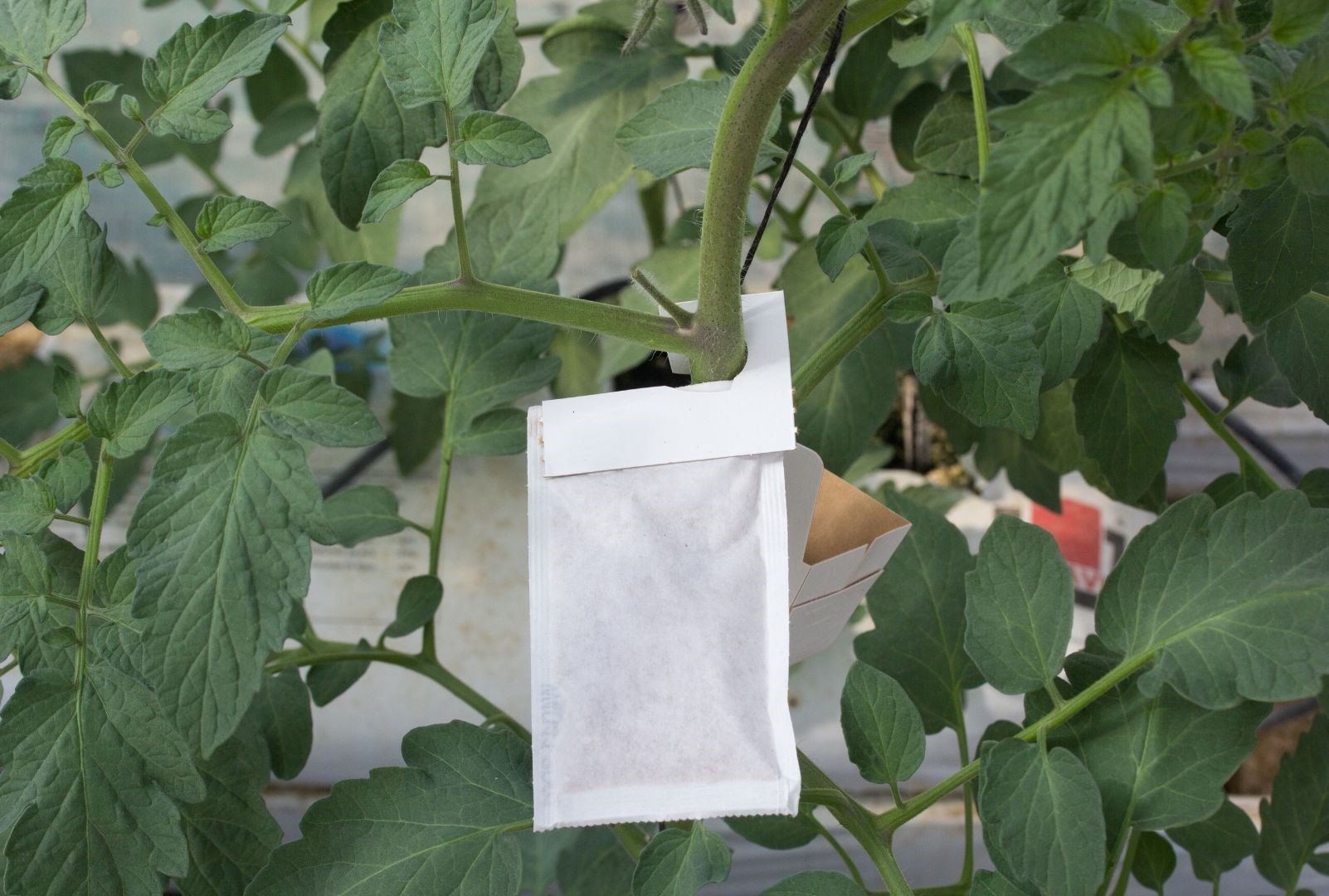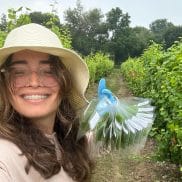Integrated Pest Management (IPM): Sustainable Solutions for Healthy Crops and Ecosystems
What is IPM?
Integrated Pest Management (IPM) is an environmentally friendly approach to managing pests that combines different management strategies and practices to grow healthy crops and minimize the use of pesticides. IPM emphasizes using a combination of biological, cultural, mechanical, and chemical methods to reduce risks to human health and the environment.
Why Do We Need IPM?
IPM is becoming increasingly urgent as climate change alters our ecosystems. High temperatures lower crop yields and impact the biology of production fields. Implementing IPM practices helps us create a new pattern of thought that prioritizes the ecosystem over mere production, leading to better harvests and higher fruit quality.
One keyword in our agricultural vocabulary should be balanced, as this is crucial for achieving significant accomplishments in the agricultural world. With a growing population, we need practices that adapt to the current conditions of each farm. IPM helps address challenges by promoting practices that balance production and ecosystem health.
Who Needs to Learn About IPM?
Everyone! It is essential that every member of the community educates themselves on how to handle pests affecting their gardens and crops. Farmers, gardeners, agricultural workers, students, and even consumers should be informed about IPM practices to ensure a collective effort in sustainable pest management.
Benefits of IPM
The benefits of using IPM practices include creating a balanced ecosystem while maintaining production. We promote healthy soils and environments by respecting every organism, regardless of their instinct, and following conservation practices. IPM helps ensure that pest control measures are effective, economically viable, and environmentally sustainable.
How Do IPM Programs Work?
IPM is not a single pest control method but a series of pest management evaluations, decisions, and controls. Growers who are aware of the potential for pest infestation follow a four-tiered approach:
1. Establish Action Thresholds:
Before any pest control measures are implemented, IPM programs define an action threshold. This threshold indicates the point at which pest populations or environmental conditions necessitate intervention. Determining when pests pose an economic threat is essential for making informed pest control decisions.
2. Monitor and Identify Pests:
Many insects, weeds, and other organisms do not require control, as they can be harmless or even beneficial. IPM strategies involve regular monitoring and accurate identification of pests. This approach ensures that pesticides are used only when necessary and that the correct pesticide is applied.
3. Prevention:
The first line of defense in IPM is to prevent pests from becoming a problem. This includes cultural practices such as crop rotation, selecting pest-resistant plant varieties, and using pest-free planting material in agricultural settings. These preventive measures are effective, economical, and pose minimal risk to people and the environment.
4. Control:
When pest monitoring and identification reveal that action thresholds have been reached and preventive measures are insufficient, IPM programs assess the most effective and least risky control methods. Priority is given to less hazardous options, such as targeted chemical treatments (e.g., pheromones to disrupt pest mating) or mechanical controls (e.g., trapping or manual removal). If these methods are inadequate, more intensive interventions, like targeted pesticide spraying, are considered a last resort.
Steps of IPM – What are the 5 steps of integrated pest management?
1. Identification of Pests and Monitoring:
Identify pests accurately and monitor their presence, abundance, and damage levels regularly using visual inspections, traps, and other tools.
2. Setting Action Thresholds:
Determine the level of pest activity at which action must be taken to prevent unacceptable damage. This threshold varies depending on the pest and specific circumstances.
3. Prevention:
Implement preventive measures to keep pests from becoming a threat. This includes crop rotation, choosing pest-resistant plant varieties, proper planting techniques, and maintaining healthy soil.
4. Control:
When pest levels reach the action threshold, take control measures. These include:
- Biological Control: Using natural predators, parasites, or pathogens to control pest populations.
- Cultural Control: Practices that reduce pest establishment, reproduction, dispersal, and survival, such as altering irrigation practices and modifying harvest timing.
- Mechanical and Physical Controls: Physical methods like traps, barriers, and manually removing pests.
- Chemical Control: Applying pesticides as a last resort in a targeted manner to minimize risks to human health, beneficial organisms, and the environment.
5. Evaluation:
After implementing pest control measures, evaluate their effectiveness and monitor pest populations to determine if further action is needed. Adjust the IPM plan based on outcomes and new information.
Are Pesticides Good?
Pesticides are essential when crops and animals are under a serious attack by pests. However, it is crucial to remember that pesticides should be the last resort in IPM practices. They should only be used when other control methods have proven ineffective and should be applied in a targeted manner to minimize negative impacts.
The Thought Every Farmer Needs to Have
Every farmer should constantly ask themselves, “What IPM practice can I apply here?” This mindset encourages the use of sustainable and effective pest management practices tailored to their farm’s specific conditions and needs.
Your next step
Teaching the emerging community of IPM practices is vital for sustainable agriculture. By understanding what IPM is, why it is needed, who needs to learn about it, its benefits, and how it works, we can foster a balanced approach to pest management. IPM helps protect our environment, promote healthy soils, and ensure the long-term viability of our agricultural systems. Through education and adopting IPM practices, we can create a more sustainable and productive future for agriculture.
References
(n.d.). Integrated Pest Management (IPM) Principles. United States Environmental Protection Agency. Retrieved June 26, 2024, from https://www.epa.gov/safepestcontrol/integrated-pest-management-ipm-principles#how_food
(n.d.). Integrated Pest Management (IPM): Principles, Advantages and Limitations. Public Health Notes. Retrieved June 26, 2024, from https://www.publichealthnotes.com/integrated-pest-management-ipm-principles-advantages-and-limitations/
(2024).Integrated Pest Management [Photograph]. Article. https://starpestcontroluae.com/wp-content/uploads/2021/11/21.jpg
Further reading











































































